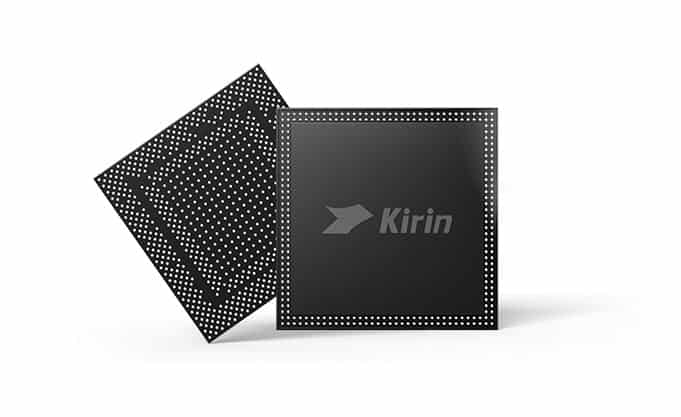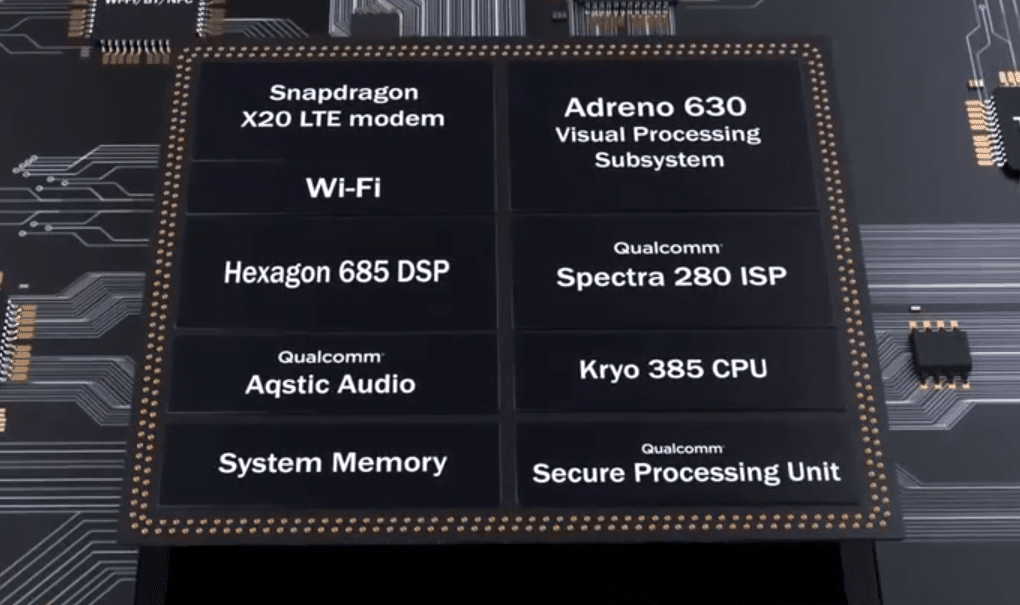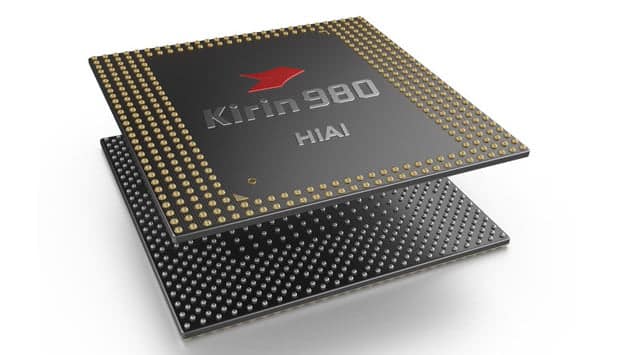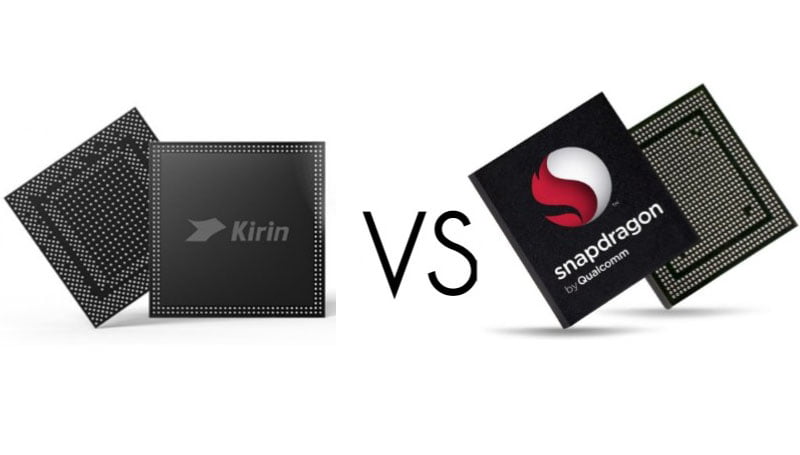Huawei has announced their latest flagship SoC – HiSilicon Kirin 980 at IFA 2018. It will be powering the upcoming Huawei and Honor flagships including the Huawei Mate 20 series and Honor Magic 2, which are slated to be announced later this year.
ALSO READ: Huawei Kirin 980 World’s First 7nm SoC With Dual NPU Announced!
The Kirin 980 will go head-on with Snapdragon 845, which is used in almost all flagships of this year. In fact in the event, Huawei themselves claimed that the Kirin 980 is much better than Snapdragon 845 in many aspects. Let’s take a quick look how the Kirin 980 stacks up against the Snapdragon 845.
Huawei Kirin 980 Vs. Qualcomm Snapdragon 845: Processing Power
First of all, the Kirin 980 is an octa-core processor which sports two high-performance Cortex-A76 cores clocked at 2.6GHz, two Cortex-A76 cores at 1.92GHz and four high-efficiency Cortex-A55 cores at 1.8GHz. It is built on TSMC’s latest 7nm manufacturing process and comes with ARM’s new Mali-G76 MP10 GPU clocked at 720MHz.
On the other hand, Snapdragon 845 comes with four Kryo 385 Gold clocked at 2.8GHz and four Kryo 385 Silver at 1.77GHz. Both of them are custom cores based on ARM’s Cortex-A75 and Cortex-A55 respectively. The Snapdragon 845 comes with the in-house Adreno 630 GPU and is manufactured on Samsung’s 10nm LPP process.

Kirin 980 stacked below the SK Hynix memory module. Image: Roland Quandt (@rquandt)
The 7nm process used in Kirin 980 is definitely a step ahead when compared to the 10nm process used for Snapdragon 845. The 7nm manufacturing process not only lowers the power consumption but also reduces the heat output. The Cortex-A76 is also an improvement when compared to the A75 based Kryo 385 Gold.
ALSO READ: Huawei Kirin 710 Vs MediaTek Helio P60: What’s The Difference?
The main takeaway here is that Qualcomm hasn’t used the Cortex-A75 cores as such in the Snapdragon 845, but they made exclusive under-the-hood tweaks and optimizations and hence the different name. Though the Kirin 980 is expected to be the better performer here, by how much remains to be seen.

On the GPU side of things, Huawei claimed that the Mali-G76 will produce 22 percent higher frame rates as compared to its Qualcomm counterpart, with a 32 percent reduction in power consumption.
ALSO READ: Huawei Kirin 710 Vs MediaTek Helio P60: What’s The Difference?
Also, the Kirin 980 supports DDR4X memory clocked up to 2133MHz whereas Snapdragon 845 maxes out at 1866MHz. According to Huawei, this will lead to a 22 percent reduction in latency and a 20 percent improvement in bandwidth, which will in-turn make the apps and games load up faster.
Huawei Kirin 980 Vs. Qualcomm Snapdragon 845: Network Speed

The Kirin 980 has a Cat. 21 LTE modem, supporting download speeds up to 1.4Gbps as compared to the Snapdragon 845’s Cat. 18 based X20 LTE modem which is capable of download speeds only up to 1.2Gbps. These higher speeds may come handy in future, but as of now, the real-world LTE speeds are much lower than these values in almost all parts of the world.
ALSO READ: Qualcomm Snapdragon 636 Vs Huawei Kirin 710: What’s The Difference?
Huawei Kirin 980 Vs. Qualcomm Snapdragon 845: AI And Image Processing
No Huawei announcement is complete without mentioning AI. Huawei brought a dedicated Neural Processing Unit (NPU) in last year’s Kirin 970 but this time they have brought not one, but two NPUs in order to double the AI performance.

According to Huawei, Kirin 980 can recognize 4,500 images per minute on the Resnet 50 model, where the Snapdragon 845 couldn’t go beyond 2,371 images per minute. For your information, Snapdragon 845 also comes with some AI capabilities, but Kirin 980 seems to be the champion here, at least according to Huawei.
ALSO READ: Why Are Smartphone Companies Moving Towards AI? [Explained]
Huawei also employs a dual Image Signal Processor (ISP) which is expected to improve the image processing and overall camera capabilities of upcoming Huawei flagships. Though Huawei didn’t compare the new ISP with the Spectra 280 ISP present in Snapdragon 845 outright, we can expect improved performance given how focused Huawei is on the camera department.
Conclusion
Overall, the Kirin 980 is shaping up to be a huge improvement over its predecessor and a worthy competitor for SoCs from Apple, Qualcomm, and Samsung. It performed well on tests conducted by Huawei, but that’s not the end of it. We have to wait till October 16 to know how the Kirin 980 performs in real-world because that is when Huawei will announce the Mate 20 and Mate 20 Pro, both powered by Kirin 980.
Also, Apple will be announcing their A12 SoC in the upcoming event along with the new iPhones. I can’t wait to see how the Kirin 980 competes with Apple’s A12. What about you? Let us know your thoughts in the comments below.
Written by Naufal AJ (intern), edited and published by Atish Rajasekharan
BONUS VIDEO
For the latest tech news, follow TechDipper on Twitter, Facebook, Google+, Instagram and subscribe to our YouTube channel.




